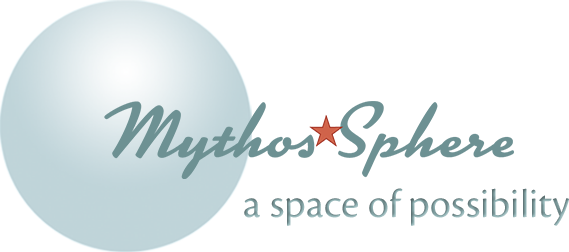Metaphor is a Bridge
Between alike and different, between you and me, between experience and the unknown, metaphor is a bridge.
As a literary device, metaphor is used to describe one thing in terms of another.
"Your lips are like cherries.”
“My heart soars like a bird in flight.”
“It’s hot as hell in here.”
Implying difference as well as similarity, metaphorical comparisons are evocative, poetic: they expand and enrich communication. But on a deeper level—the meta level, you might say—metaphor is the only way to describe anything. We organize our experience into meaning according to “alike” and “different.”
Dogs are like cats (but they are not cats). Trees are like flowers (but they are not flowers). You are like me (but you are not me)…
The ways we are alike and different from each other—and we are always both— form the basis of relationship. In conversation and in culture, both consciously and unconsciously, relating is comparing: not only our physical characteristics, like gender, age, skin color, body type… but also where we’re from, the work or study we have done, our hopes and concerns, our plans and projects… Do we groove with each other or irritate each other? Do we understand or challenge each other? Can we communicate? “Alike but different”—aka metaphor— connects us with others, while at the same time, it maintains our uniquenesses. Metaphor is the essential bridge that traverses the space between us. But shared metaphor depends on shared experience. This is where the mythic imagination comes in.
Mythology, as an expression of cultural psyche, is composed of things both conscious and unconscious, or known and unknown, just as is the psyche of the individual. The mythic imagination uses metaphor to connect what we know with what we don’t know. As there are always things we don’t know that we are striving to make sense of, mythology is always present in human experience. We know that a practice of observation and openness benefits the individual by encouraging unconscious contents toward awareness. Likewise, we can benefit socially when we encourage a shared awareness of our immersion in a mythic environment. Creative collaboration is a practice that supports this.
Creative practice can be thought of as “applied metaphor”: giving physical form to images emerging from the unconscious connects inner with outer, known with unknown, and rational with non-rational, generating meaning for the individual. By extension, a collaborative creative process is a way to develop shared meaning, encouraging communication and group cohesion.

